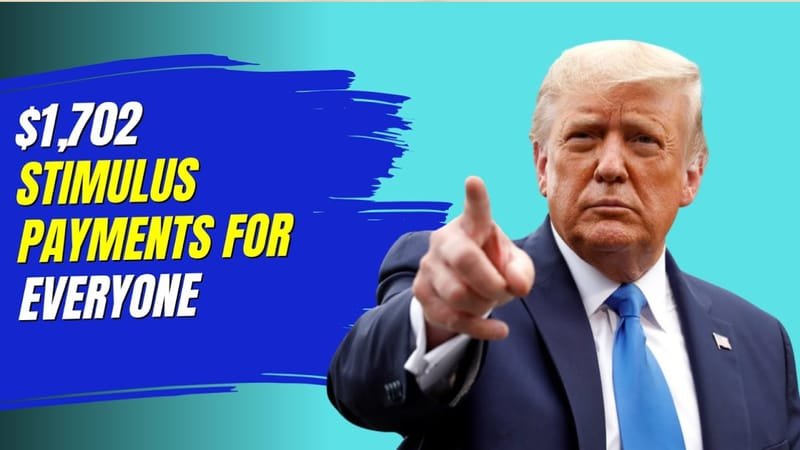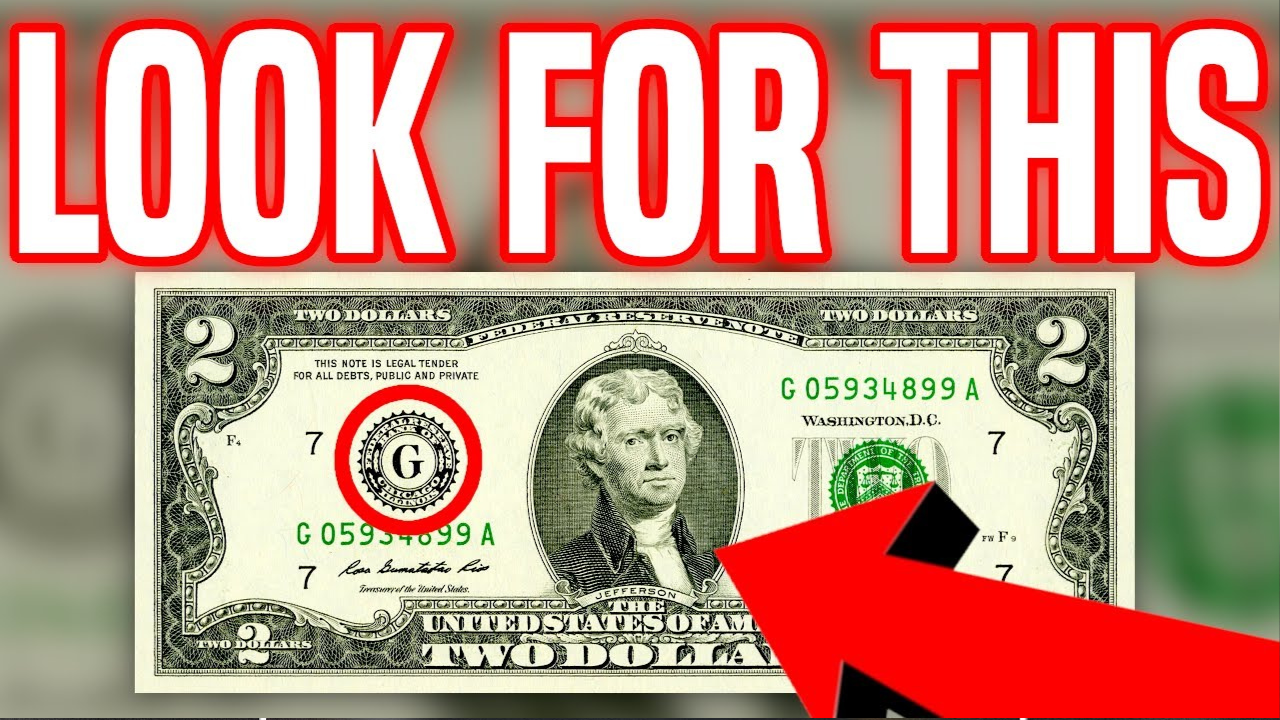$1,702 Stimulus Payment:Due to the rising cost of living in the United States, many families are facing financial hardship. To provide relief, the government is issuing stimulus payments of $1,702 to eligible citizens through October 2025. For millions, this payment couldn’t come at a better time, as it will help them pay for groceries, rent, medical bills, or simply provide some relief to their families.
This article explains who is eligible, when the payment will arrive, and how to check your status—all in simple and clear terms.
Why $1,702 Matters Now
Stimulus isn’t just about giving people cash—it’s about keeping the economy moving. When citizens have more money to spend, local businesses benefit, jobs are stabilized, and communities are strengthened. For many, that $1,702 check isn’t just money in the bank; it’s peace of mind during difficult times.
Eligibility for the October 2025 Stimulus
The IRS has set rules to decide who will receive the payment. Here’s a quick look:
-
Citizenship or Residency: Must be a U.S. citizen or legal resident.
-
Income Limits:
-
Individuals earning up to $75,000/year qualify for the full $1,702.
-
Heads of household earning up to $112,500/year also qualify.
-
Married couples filing jointly with income up to $150,000/year qualify.
-
-
Phase-Out Rule: Those earning above these thresholds will see reduced payments until the benefit phases out completely.
-
Dependents: Families with dependents may qualify for an additional amount per dependent, boosting the household payout.
Payment Schedule – October 2025
Payments will not arrive all at once. Instead, the IRS is issuing them in batches based on the last digit of your Social Security Number (SSN).
| SSN Last Digit | Payment Date (October 2025) | Method of Payment |
| 0, 1 | October 7, 2025 | Direct Deposit / Checks |
| 2, 3 | October 10, 2025 | Direct Deposit / Checks |
| 4, 5 | October 15, 2025 | Direct Deposit / Checks |
| 6, 7 | October 20, 2025 | Direct Deposit / Checks |
| 8, 9 | October 25, 2025 | Direct Deposit / Checks |
Most people will receive the money via direct deposit, which is faster. Those whose bank information isn’t on file with the IRS will receive a paper check in the mail.
How to Track Your Payment
The IRS offers an online tool called “Get My Payment,” where you can:
- See if your payment has been issued.
- Check whether it will arrive by direct deposit or paper check.
- Confirm the estimated delivery date.
To use this tool, you’ll need your SSN, date of birth, and tax filing status.
Why Some Payments May Be Delayed
Not everyone will get their $1,702 on time. Common reasons for delays include:
-
Incorrect or outdated banking details.
-
Change of address not reported to the IRS.
-
Late tax filing or ongoing IRS reviews.
-
Receiving paper checks instead of direct deposits.
The IRS advises keeping tax records updated and using direct deposit for quicker access to funds.
Smart Ways to Use Your Stimulus Money
Everyone’s financial situation is different, but here’s how Americans are using their payments:
- Paying bills and rent to cover essential expenses.
- Paying down debt like credit cards to avoid high interest rates.
- Saving for emergencies, such as medical expenses or job loss.
Investing in the future, whether it’s in education, small businesses, or savings accounts.
Frequently Asked Questions (FAQs)
Q1. Do I need to apply for this payment?
No. If you filed taxes in 2023 or 2024, or you’re a Social Security beneficiary, the IRS will automatically issue your payment.
Q2. What if I didn’t file taxes?
You may still qualify. Use the IRS’s non-filer tool to register and claim your payment.
Q3. Is the $1,702 stimulus taxable?
No. Stimulus payments are classified as tax credits, so they are not counted as taxable income.
Q4. How do I get my payment faster?
Register your direct deposit details with the IRS. Paper checks take longer to arrive.
Q5. Are dependents included in this round of payments?
Yes. Eligible dependents can increase the overall payment to families.
Final Thoughts
The October 2025 stimulus payment of $1,702 is more than just temporary relief—it’s a lifeline for families struggling with high expenses. By understanding the eligibility rules, payment schedule, and IRS tools, you can ensure you don’t miss out on this vital financial assistance.
For millions of Americans, this payment won’t just pay the bills—it will bring hope and stability in uncertain times.






